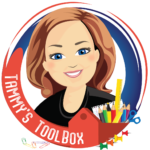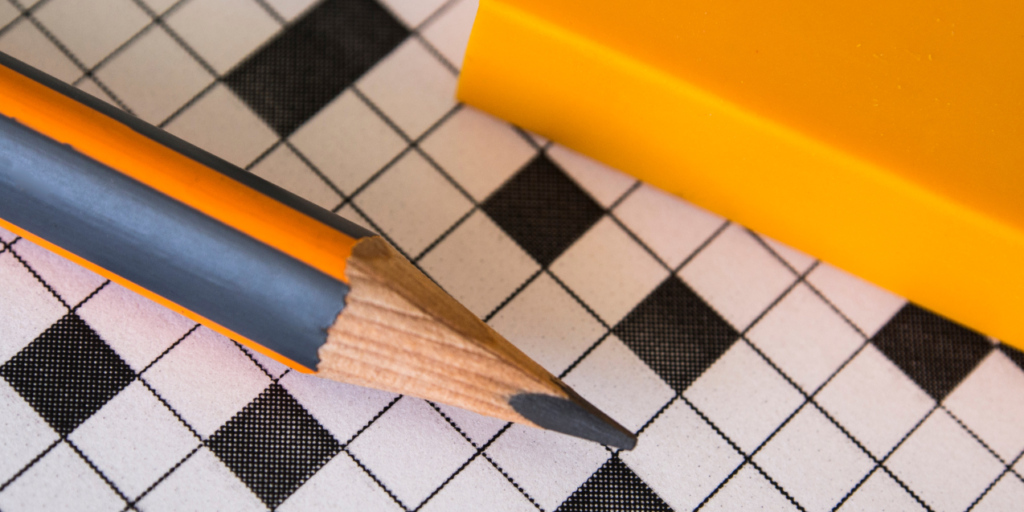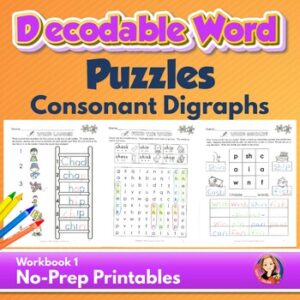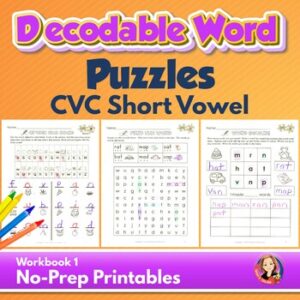Why Are Word Puzzles Good for Kids?
Do your students love solving puzzles? If so, you’re in luck! There are all sorts of puzzles that can double as phonics lessons. Printable word puzzles for kids are fun and an effective way to help beginning and struggling readers learn the sound-letter relationships essential for reading success. Word puzzles help to develop verbal reasoning, vocabulary, problem-solving, spelling, grammar, and memory. The more these skills are practiced, the better kids will become at using them.
Here are just a few ideas to get you started.
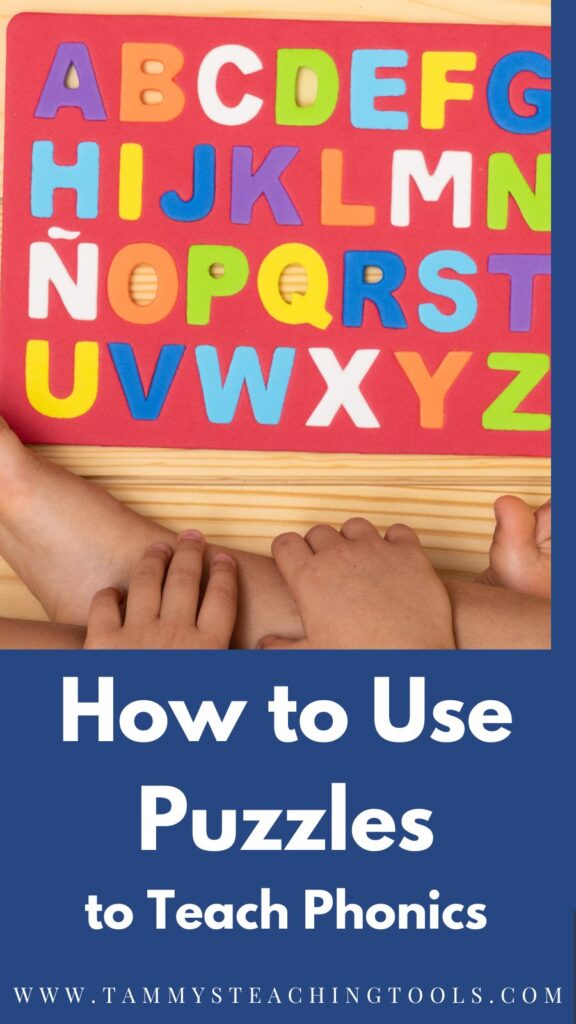
Choose the Right Puzzles
One of the most important things to consider when using word puzzles to teach phonics is to choose the right puzzles for your students. Students will get frustrated and give up if a puzzle is too complex. If it’s too easy, they’ll get bored. It’s crucial to find a balance. Start by giving your students some easy puzzles and gradually make them more challenging as they improve. You can also vary the type of puzzle you’re using. For example, you might use crossword puzzles one day, and word searches the next.
Provide Hints & Encouragement
If your students are struggling with a particular puzzle, don’t just give them the answer—provide a hint or encourage them to try different strategies. For example, if they’re stuck on a crossword clue, you could tell them how many letters are in the word or what ending sound it has. If they’re stuck on a word search, you could tell them which direction the word is going in or what part of the puzzle the word is hidden in. You’ll help them persevere through tough challenges and ultimately be successful by providing hints and encouragement.
Word Puzzles Strengthen
► Phonemic awareness
► Sound blending
► Problem-solving
► Vocabulary
► Visual-motor skills
► Hand-eye coordination
► Patience and persistence
► Memory, focus, and concentration
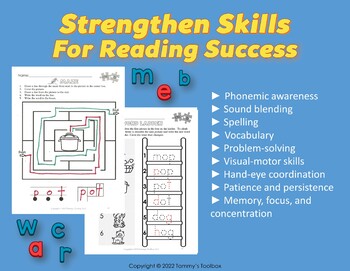
Crosswords
Crossword puzzles are a great way to reinforce the spelling of words with common letter patterns. To make your own crossword, start by making a list of words with the same sound-letter correspondence. For example, if you’re focusing on the “ar” sound, your list might include “car,” “star,” “garden,” and “park.” Once you have your list, write the clues for each word and lay them out in a grid. Make sure the clues are challenging but not impossible.
Fill-in-the-Blank
This type of puzzle is similar to a crossword, but with one key difference: instead of providing the clue for each word, you give the definition. For example, if you’re focusing on the “ch” sound, your clues might be something like this: A boy who gets into mischief is often called a _____. Chocolate comes from the _____ bean. This type of puzzle is beneficial for struggling readers because it allows them to focus on meaning rather than individual letters and sounds. Plus, it’s a great way to build vocabulary!
Word Search
Word searches are another great way to introduce new vocabulary words. They also help students recognize words by their shape. To make a word search, start with a list of words you want your students to know. Enter the terms into a word search generator like https://www.theteacherscorner.net/ Print out the puzzle and have your students find the words!
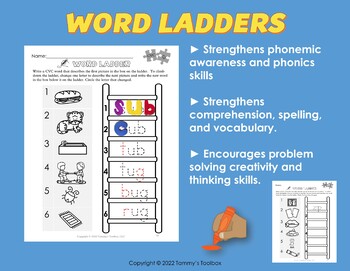
Word Ladders
Word ladders are a fun, interactive way to teach phonics to kids of all ages. By starting with a word and then changing one letter at a time to create a new word, kids can learn how small changes can create big results! Not only is this activity a great way to teach phonics, but it’s also a great way to encourage kids to be creative and think outside the box.
Jigsaw
Jigsaw puzzles are a great way to work on both sight words and phonics at the same time. To make your own jigsaw puzzle, start by printing a list of words on cardstock or other heavy paper. Next, cut each word into three or four pieces using a wavy line or zigzag pattern—this will make it more challenging (and fun!) for your students. Once all the pieces are cut out, mix them up and let your students put them back together again. If you want to add an extra challenge, try making two sets of puzzles—one with just the words and one with both the words and their definitions. That way, students can put together the words and then use the definitions to check their work.
 Check out these Decodable Word Puzzles if you need some fast-no-prep activities. Each set has several different types of printable puzzles with options to differentiate so you can meet your student’s needs. Included are word searches, word ladders, word squares, crosswords, matching puzzles, and more. Watch for more sets coming soon.
Check out these Decodable Word Puzzles if you need some fast-no-prep activities. Each set has several different types of printable puzzles with options to differentiate so you can meet your student’s needs. Included are word searches, word ladders, word squares, crosswords, matching puzzles, and more. Watch for more sets coming soon.
Word puzzles are a fun and effective way to teach beginning and struggling readers phonics. Not only do they reinforce important sound-letter relationships, but they also help build vocabulary and fluency skills. So next time you’re looking for a new way to engage your students in learning, give puzzles a try!
Have fun,

You may also like Bingo Activities for Phonemic Awareness
Don’t forget to sign up for access to the Resource Library to get your free puzzle activities.

